Richard Wagner and the Centrality of Love is a bold book which argues that Wagners music dramas cannot be understood if treated separately from his essays, his life, the intellectual and artistic climate of his day, and the broader history of Germany. Wagner attempts a range of reconciliations that are radical in content and form and appear to succeed partly because he is in wellnigh complete command of the aesthetic product; not only text and music, but also production practice. Nonetheless, all the reconciliations ultimately break down, but in a manner that is illuminating. This is not a celebration of the seamless work of art, but a radical unpicking of the seemingly seamless.
Love is the central organising concept of the whole Wagnerian project. Love sexual and spiritual, egotistical and charitable, love of the individual and of the race is the key Wagnerian driving force. And therefore so is hate. Of course, Wagner cannot employ love without its opposite, and it is critically significant that his anti-semitism is based upon his view that the Jews are loveless. The book handles Wagners anti-semitism (and the ongoing row about it) in a unique way, in that it is shown to be aesthetically and intellectually productive (for him!). This leads to a radical reinterpretation of Wagners music dramas.
BARRY EMSLIE is an independent scholar who lives and teaches in Berlin.
One of the Financial Times books of the year 2010
Emslie makes some important points with clarity and precision. [He] rightly emphasises the importance of Wagners prose works, not just the well-known theoretical tracts but lesser-known essays such as Die Wibelungen and Jesus von Nazareth as central to the Wagnerian project. MUSIC AND LETTERS
[P]rovides an impressively wide-ranging setting for discussion of Wagner on the whole. [] it is fitting that the book emanates from this countrys most ambitious medieval publishers who also have an impressively expanding music list. TIMES LITERARY SUPPLEMENT
Discussing the operas in chronological order, Emslie charts the many manifestations of love in Wagner from the fraternal to the eternal The result is a fascinating read offering challenging new perspectives that take one back to the music to listen anew surely the essential Wagner book of the year. CLASSICAL MUSIC [Michael Quinn]
This new study offers a lively introduction to anyone seeking to understand [Wagners ideas] his highly opinionated survey brings fresh air to the debate. FINANCIAL TIMES [Andrew Clark]
This book has one thinking about Wagner as most do not I would recommend any serious Wagner-lover, perhaps Wagner-hater, to read it. OPERA [Michael Tanner]
Emsliewrites engagingly, carrying one along with his way of thinking, and driving one to think for oneself I enjoyed reading [this book]. It has given me much to ponder, much to contest. WAGNER JOURNAL [Mark Berry]

Contents
Authors Note
The standard English edition of Wagners essays is used: Richard Wagners Prose Works, translated and edited by William Ashton Ellis, 8 vols. (London, 18929). Many of these have been republished by the University of Nebraska Press and Scholarly Press, St. Claire Shores, Michigan. However, most of them are now on the Web at the Wagner Library: http://users.belgacom.net/wagnerlibrary/. The Ellis translations are difficult, turbid, and dated. They have, however, the dubious advantage of giving the reader some idea of how (equally) inelegant Wagners prose can be. On one or two occasions I have suggested alternatives. All quotations from those essays available on the Web are referenced below in the text proper in square brackets with the number of the printed volume from the 1890s and then the page number: e.g. [I: 97]. If the essay is not on the Web the quotation is annotated in the usual way and the book details are found in the endnotes. References for the standard German editions are in the endnotes.
The English edition of Cosimas diaries is used: Cosima Wagners Diaries, edited and annotated by Martin Gregor-Dellin and Dietrich Mack, translated with an introduction by Geoffrey Skelton, 2 vols. (London: William Collins & Sons, 197880). All entries are given according to their original diary dates only, and are put directly into the text proper in round brackets: e.g. (23 January 1883).
The edition of Arnold Schopenhauers The World as Will and Representation used is the translation by E. F. J. Payne, 2 vols. (New York: Dover Publications, 1958). All references are given in the text in brace brackets with volume number and page number: e.g. {I: 257}.
No page references are given for quotations from the librettos. The translations have been taken from various sources.
On all other occasions when no English edition is given or no translator from the German named, the translations are mine.
Unlike Wagner, I have chosen to use the term music drama exclusively for all the theatrical works from The Flying Dutchman to Parsifal, and the term opera for the three completed stage works preceding The Flying Dutchman. I have used the English titles: The Flying Dutchman, The Mastersingers of Nuremberg, and The Ring of the Nibelung as the originals lose nothing in translation. The rest I have left in German. For instance, Tristan und Isolde refers to the music drama, and Tristan and Isolde to its two principal characters. Wagnerites who know the libretto will appreciate how important the little word und is. The rest will find the answer in .
 Some remarks on terminology
Some remarks on terminology
The terms Weltanschauung (a world view) and the prefix ur (meaning source or original as in ur-text etc.) are essentially a personal preference, although the German connotations strike me as apposite.
Teleology is used for a theory which sees the world as having a purpose. However the additional quality of a goal is always part of the mix. That is, teleology also implies (at the very least) an endpoint to which we/history are moving. The word telos is often employed to underline this.
Pantheism is used in the popular sense that the divine is best manifest in nature. However Schopenhauer and others dont mean this. The difference is made clear in .
Epistemology and ontology crop up. The distinction between these two is often much insisted upon but, at least for me, sometimes difficult to maintain. Ontology is used explicitly and exclusively for a theory of being, for a discussion of what exists and its nature. Epistemology is a study/theory of knowledge and therefore addresses the assumptions we employ in understanding the ontological world. I use the term epistemology more often than ontology and I suspect purists will think that it sometimes spills over onto the latters territory. Frankly I find this unavoidable. The context in which these words are used will make it clear what is meant.
Narrative and normative are often paired. The first is self-explanatory; the second signifies not merely a norm, but a norm with moral weight. The pairing is employed because the tension between the demands (and pleasures) of narrative on the one hand and the foregrounding of privileged moral or didactic values on the other is invariably present in Wagner. Put crudely, villains or flawed characters are more useful to story-tellers in making narratives go. The result is an aesthetic difficulty in finding an adequate and active place within the narrative for normative characters so that their customary, inherently passive status is circumvented. While Wagners various solutions to this difficulty are important across the board, they are particularly so with respect to the role of women.


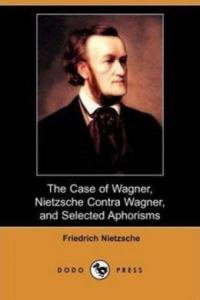
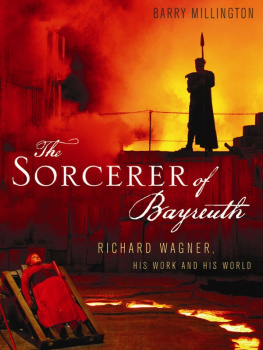

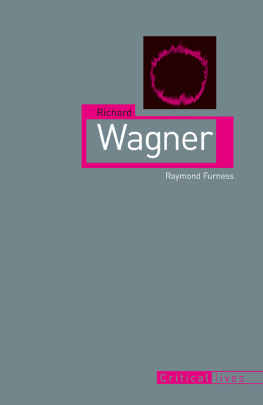
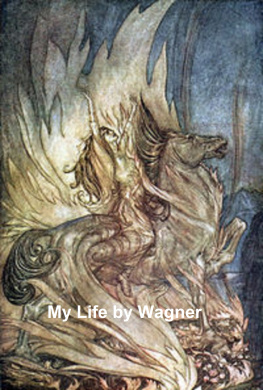

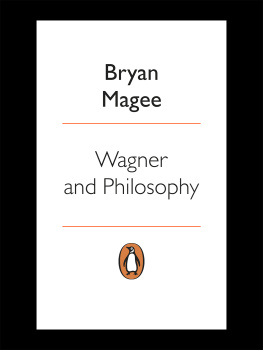
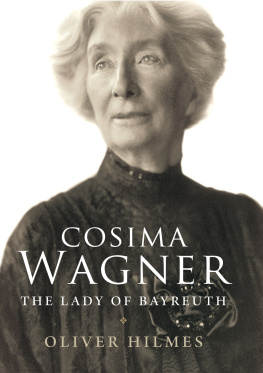
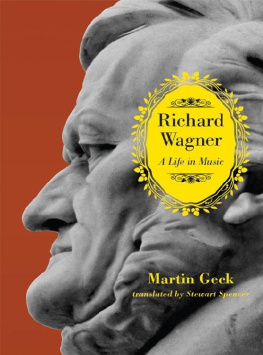
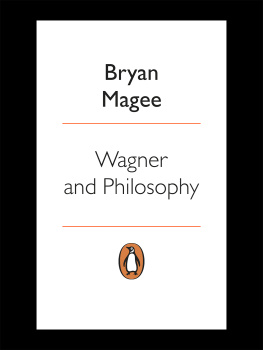

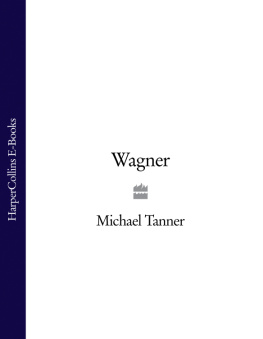

 Some remarks on terminology
Some remarks on terminology